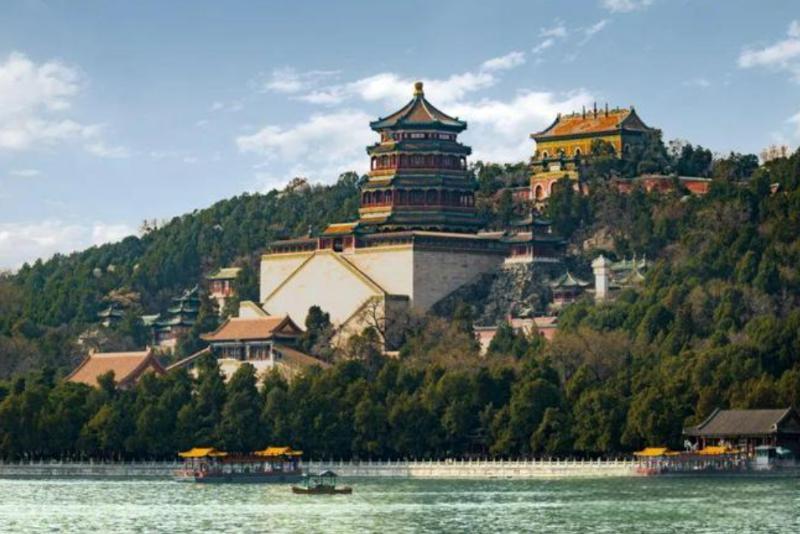What is the famous fact about Summer Palace?
The Summer Palace, a royal garden situated in the western outskirts of Beijing, is renowned worldwide for its profound historical background, unique architectural style, and rich cultural connotations. Here are some notable facts about the Summer Palace:

Historical Background:
1. Origins and Construction History:
The precursor of the Summer Palace was the Qingyi Garden, built by Emperor Qianlong of the Qing Dynasty to show filial piety to his mother, Empress Dowager Chongqing, at a cost of up to 4.48 million taels of silver. It was initially constructed in the 15th year of Emperor Qianlong's reign (1750) and later rebuilt in the 14th year of Emperor Guangxu's reign (1888), renamed the Summer Palace.
2. Destruction and Reconstruction:
In the course of history, the Summer Palace suffered severe destruction twice. It was burned down by the British and French forces during the Second Opium War in 1860, then rebuilt during the Guangxu era. However, in 1900, it was once again looted by the Eight-Nation Alliance. Despite this, the Summer Palace still stands, witnessing the humiliation and resurgence of the Chinese nation.
Architectural Features:
1. Built on Natural Landscapes:
The design philosophy of the Summer Palace respects nature, ingeniously integrating buildings into the natural environment. The harmonious coexistence of ponds, rocks, trees, and other natural landscapes with the buildings creates a sense of unity between heaven and man.
2. Perfect Integration of Courtyards and Buildings:
The palaces, pavilions, corridors, and other structures in the Summer Palace are closely connected to courtyards, allowing visitors to appreciate the unique architectural styles and the serene beauty of the courtyards while strolling through the garden.
3. Integration of Jiangnan Garden Style:
The Summer Palace incorporates the essence of Jiangnan gardens in its design, featuring elements like the long corridor and pavilions on the water, showcasing its unique charm of water landscapes. This stylistic fusion makes the Summer Palace distinctive in Chinese garden art.
Cultural Connotations:
1. Carrier of Traditional Culture:
As one of the representatives of ancient Chinese gardens, the Summer Palace not only integrates the characteristics of both northern and southern gardens but also embodies the essence of ancient Chinese garden art. Additionally, it is an essential component of traditional Chinese culture, reflecting the pinnacle of Chinese ancient architecture, sculpture, painting, and other arts.
2. Rich Historical Stories:
Most of the buildings in the Summer Palace are themed around historical stories and traditional culture. For instance, the painted stories in the long corridor and sculptures like the Eight Beauties in the garden vividly depict traditional Chinese culture. These buildings serve not only as carriers of culture but also as storytellers to visitors, narrating ancient and fascinating tales.
In summary, the Summer Palace, with its profound historical background, unique architectural style, and rich cultural connotations, attracts visitors from all over the world. It is not only an outstanding representative of ancient Chinese imperial gardens but also a significant treasure of traditional Chinese culture and art.
note: This return of all, without the author's permission, may not be reproduced